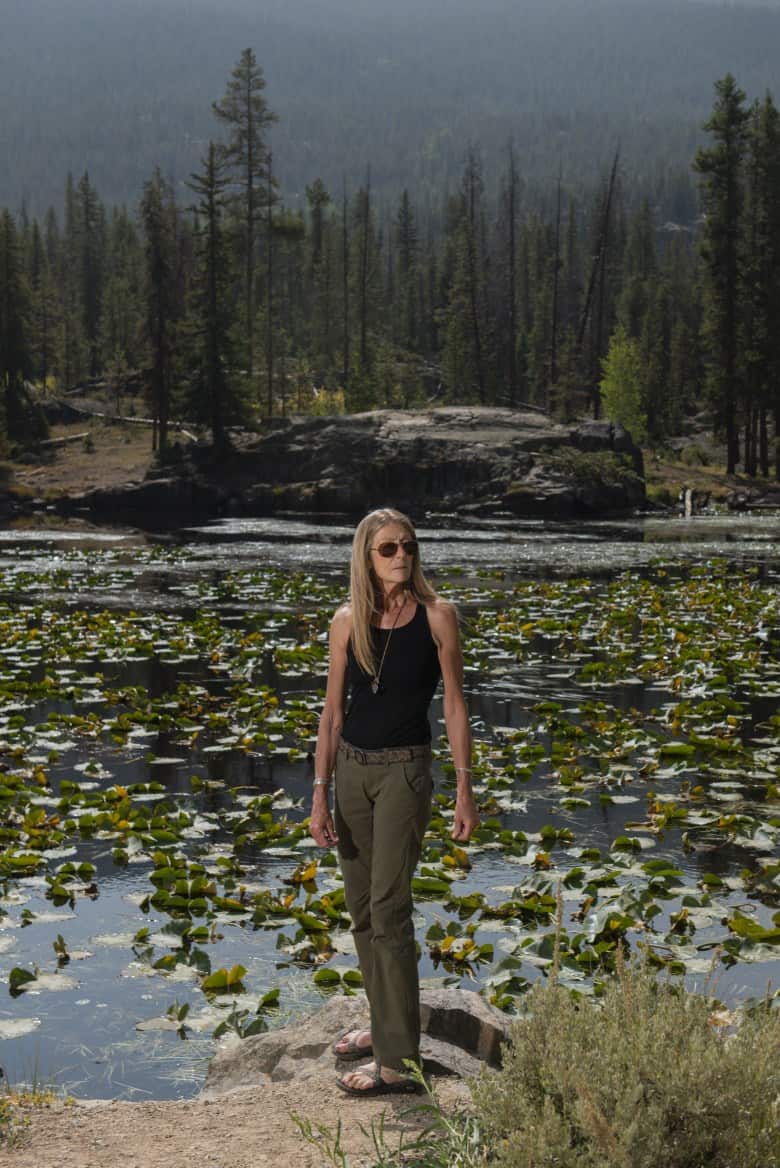
Here’s an interesting article from the Denver Post with the Forest Service in the middle of a larger issue. There is a tension between climate change adaptation (may need more water due to drought) and not building (and removing current) dams. There is a bit of a mantra that “leaving things alone is necessary to stave off the worst impacts of climate change” but examples such as this tell us it may not be that simple (and fuel treatments and prescribed burns, and probably a host of others).
A few things that might be misleading in the article.. thanks to the FS folks for helping me find more accurate information.
(1) Delia Malone is not working with or on behalf of the Forest Service as stated in the article. She’s a member of a local Sierra Club chapter.
(2) There is a categorical exclusion on the geotechnical proposal, which is available here Note: there aren’t “categorical exemptions.”
(3) There is currently no proposal for a dam or a reservoir, just the current proposal to investigate whether the site would be suitable geologically. The White River would, of course do an extensive NEPA analysis with multiple opportunities for public review if they were to receive a proposal for a reservoir.
Excerpts from the story..
Three decades after the federal government killed the proposed $1 billion Two Forks Dam project along the South Platte River southwest of Denver, Front Range cities again are taking first steps toward moving more water across mountains. Their reservoir partially inside the Holy Cross Wilderness, between Leadville and Minturn, would sacrifice natural processes for the purpose of sustaining population growth and a development boom — harnessing nature to slake human thirsts.
……
Over the past decade, the economy has shifted away from resources extraction toward high-tech innovation and a booming recreation and tourism industry — built by touting pristine unaltered nature.
Does this remind anyone of Governor Tom McCall’s comment about Oregon in 1971 (50 years ago now) “come to visit, but for heaven’s sakes don’t stay?”
Tapping wilderness water
When Congress in 1980 established the Holy Cross Wilderness, lawmakers included provisions allowing Colorado Springs, Aurora, the Climax Mine, Vail Resorts, Eagle Valley authorities and others in western Colorado to tap a total of 30,000 acre-feet of water a year. A first dam on Homestake Creek, built in 1968, already had reduced flows and natural fluctuations.
Now U.S. Forest Service officials must decide whether to grant a special-use permit allowing Aurora and Colorado Springs to conduct geologic testing along Homestake Creek — a first step, without the participation of Vail and Eagle Valley water suppliers. Forest managers decided against a full environmental review for this proposed testing, saying bore holes drilled in forests qualify for a “categorical exemption” of the sort frequently granted for fossil fuel drilling and road work in forests.
American Rivers and Trout Unlimited raised concerns about the lack of scrutiny.
“The Front Range municipalities need to realize that there’s no more reliable water supply available from the West Slope and Colorado River Basin. And that was true before the impacts on water from climate change were really incorporated in our thinking,” American Rivers’ Colorado projects director Ken Neubecker said. “A large new reservoir would be pretty devastating.”
Anyway, I’m agnostic on this particular dam (which may not be geologically feasible anyway) but it’s reflective of a water/climate/population conundrum.
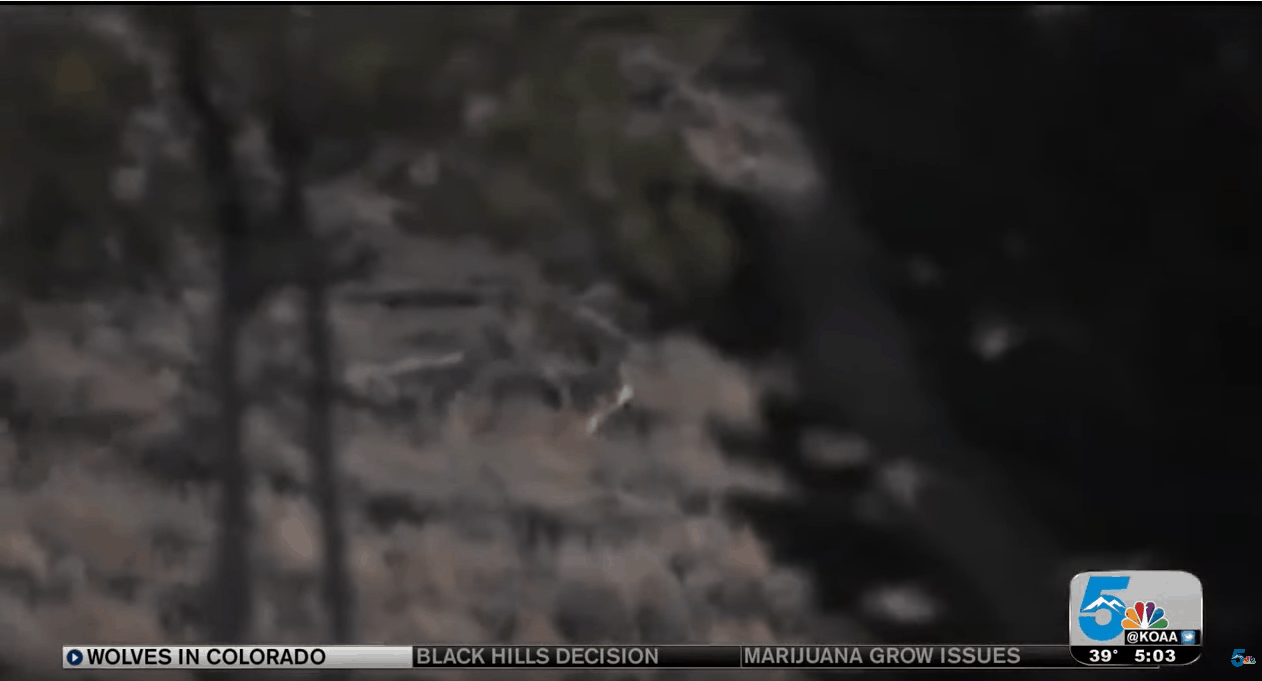
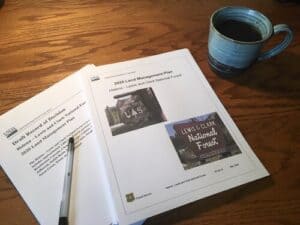
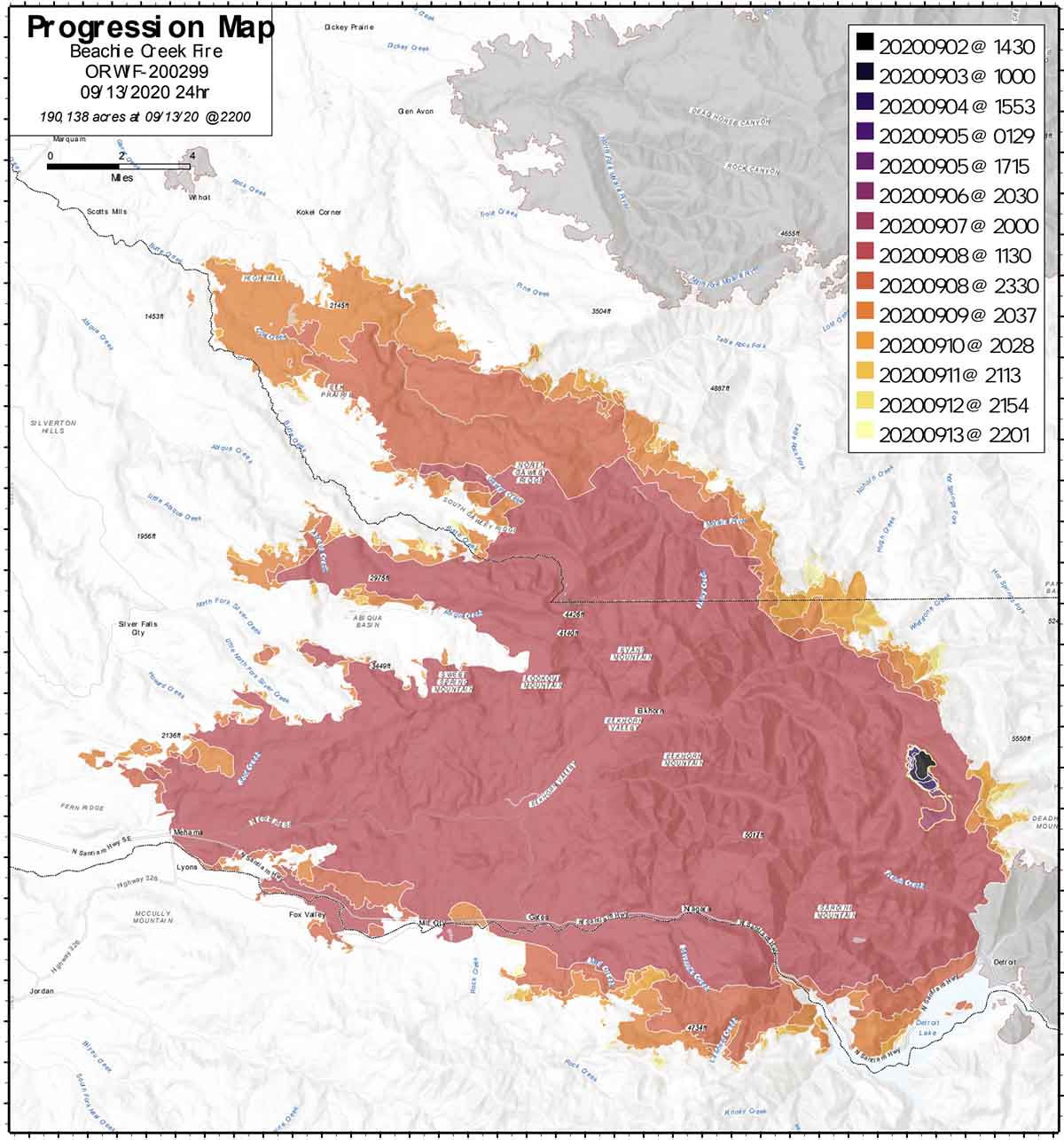

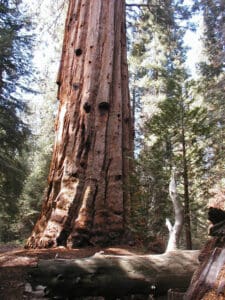
 This administration can’t resist the urge to break the law, and this order is a perfect example of why they can’t be trusted to protect our environment. They have no interest in conservation; even with clear direction and guidance from Congress they are doing their best to sabotage the Land and Water Conservation Fund. They’re just trying to smash and grab whatever they can on their way out the door when they should focus on working with the Biden transition team.”
This administration can’t resist the urge to break the law, and this order is a perfect example of why they can’t be trusted to protect our environment. They have no interest in conservation; even with clear direction and guidance from Congress they are doing their best to sabotage the Land and Water Conservation Fund. They’re just trying to smash and grab whatever they can on their way out the door when they should focus on working with the Biden transition team.”